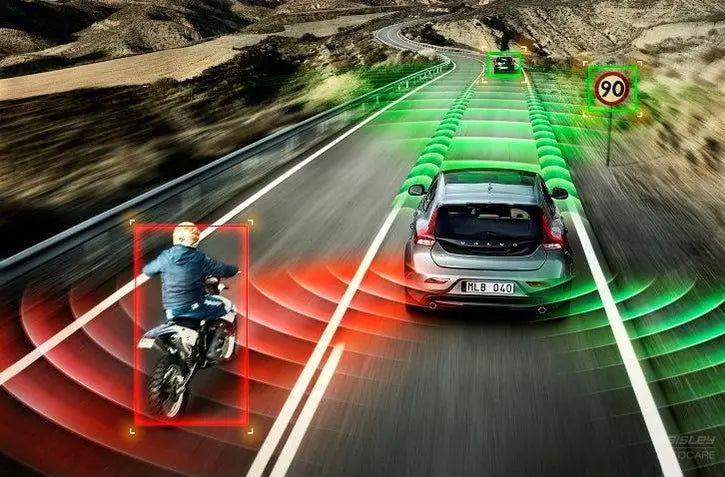Advanced driver-assistance systems (ADAS) are electronic systems in a vehicle that use advanced technologies to assist the driver. They can include many active safety features, and often the terms “adas” or "active saftey" are used interchangeably with one another to describe their general function as an automated system for aiding during motorized transportation.

ADAS uses sensors in the vehicle such as radar and cameras to perceive what is happening around it, then either provides information for driver or takes automated action based on its perceptions.

If you find yourself driving down the motorway and suddenly come upon a vehicle that is obscured from view by an object, such as another car or cyclist in your blind spot. In this situation it may be difficult to see them until they're right on top of yours! This could cause an accident so there are features built into cars today called “blind spot warnings” which alert drivers when something obstructs their vision while turning off.

Active safety systems combine a number of technologies to make the car safer. One technology, when coupled with an active detection system which takes action beyond just warning drivers about their surroundings can be life-saving or even lifesaving. These features most commonly include assistance in its name – this means that instead on doing nothing they will actively control braking or steering for you!

The Insurance Institute for Highway Safety found that forward collision warning systems can reduce front-to-rear crashes by 27%. When these features are paired with the ability to automatically brake, they nearly double this number! Similarly rearview cameras reduce backing accidents in 17% - but when you add automatic emergency braking (AEB) it increases significantly more than before.
The future of ADAS
Today's automobiles are designed with the goal of achieving increased reliability, reduced costs and shorter development cycles. However this process is not without conflict as they strive to meet these three different desires while also meeting tightening safety regulations that have been put into place due to increasing technological advancements in electronics within cars themselves!




